Aviation passenger demand stays strong in May as India, China log big growth
Geneva - The International Air Transport Association (IATA) says that global passenger traffic results for May (measured in revenue passenger kilometers, or RPKs) increased by 6.1% compared to the same month in 2017. Capacity climbed 5.9% and load factor rose 0.1 percentage point to 80.1%. IATA Director General and CEO, Alexandre de Juniac said,"May was another solid month in terms of demand growth. As had been expected, we saw some moderation, as rising airline costs are reducing the stimulus from lower airfares. In particular, jet fuel prices are expected to be up nearly 26% this year compared to 2017."
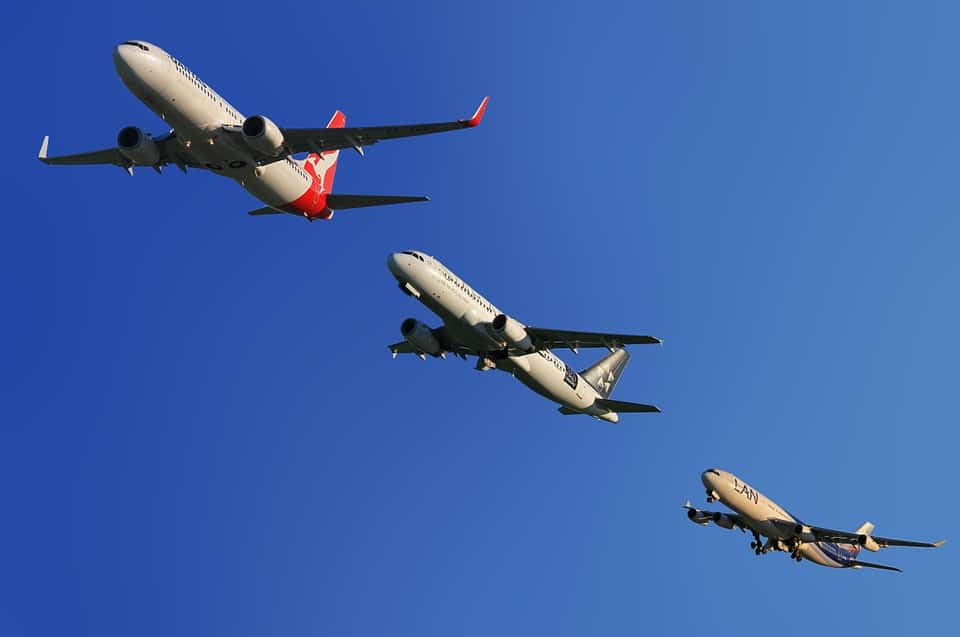
Domestic Passenger Markets demand rose 6.6% in May compared to May 2017, led by growth in China and India. This was down from the 8.6% year-on-year growth recorded in April largely owing to moderate growth in both countries, although each continued to post double-digit traffic gains. India's share in world market was 1.4%, while RPK was 16.6%, ASK (Available Seat Kilometers measures available passenger capacity) was 18%, While PLF (%-PT) is at -1.1% and PLF (LEVEL) 87.5%. (Passenger Load Factor is % of ASKs used) (pic source: Pixabay)
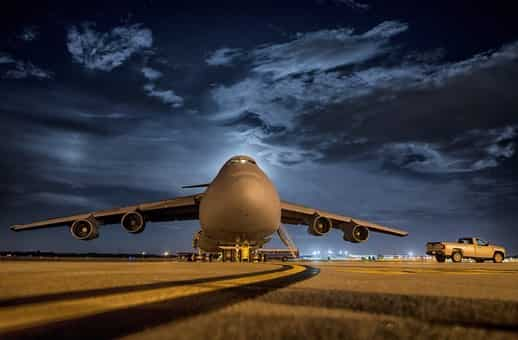
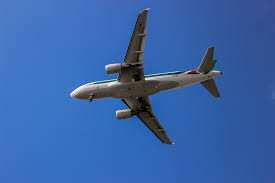
Asia-Pacific airlines saw their traffic rise 8.0% in May compared to the year-ago period, slightly down on an 8.1% increase in April. Capacity increased 7.6%, and load factor edged up 0.3 percentages point to 77.9%. Passenger traffic has continued to trend strongly upwards in seasonally-adjusted terms, buoyed by a combination of robust regional economic growth and increases in the number of route options for travelers.
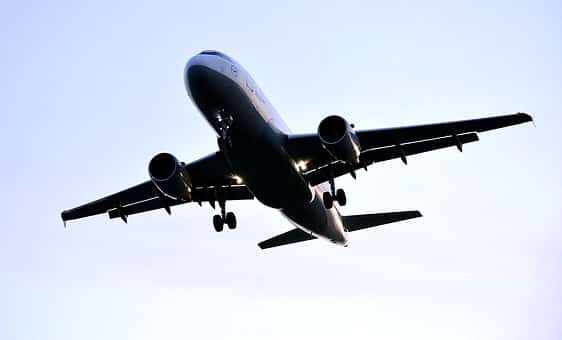
European carriers' May demand climbed 6.2% over May 2017, well above the 3.4% year-over-year growth recorded in April. Capacity rose 5.1% and load factor was up 0.8 percentage point to 83.5%, which was the highest among regions. Despite the impact of strikes in the region and mixed signals regarding the economic backdrop, traffic growth is healthy.
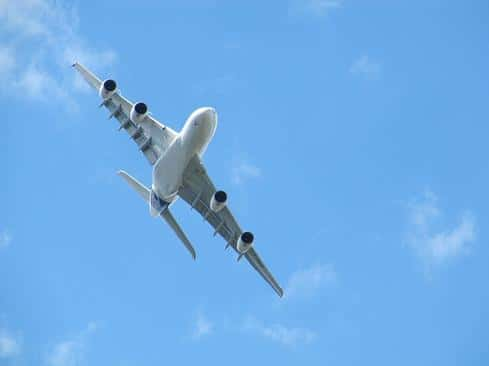
Middle East carriers' May demand growth slowed to 0.8% compared to a year ago, from 2.9% annual growth recorded in April. The earlier timing of Ramadan this year may have affected the result, but more broadly, the upward trend in traffic has slowed compared to last year. May capacity increased 3.7%, and load factor fell 1.9 percentage points to 67.5%.
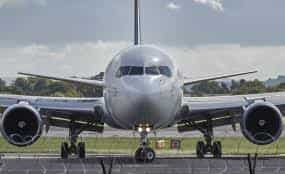
North American airlines' traffic rose 4.9% in May compared to May 2017, a strong rebound from 0.9% annual growth in April (which was a 36-month low). Capacity climbed 3.4% and load factor increased 1.2 percentage points to 82.0%. Given the comparatively strong US domestic economy, April's weak demand performance likely was more reflective of unfavorable year-to-year comparisons with April 2017, when the current upsurge in growth began.

Latin American airlines experienced a 7.5% increase in traffic in May compared to the same month last year, which was up from 6.5% growth in April. Capacity climbed 7.0% and load factor rose 0.4 percentage points to 81.6%. Economic disruption in Brazil may be contributing to a slight slowdown in demand growth in recent months, but this is not expected to have a long-term impact on the healthy traffic trend.




